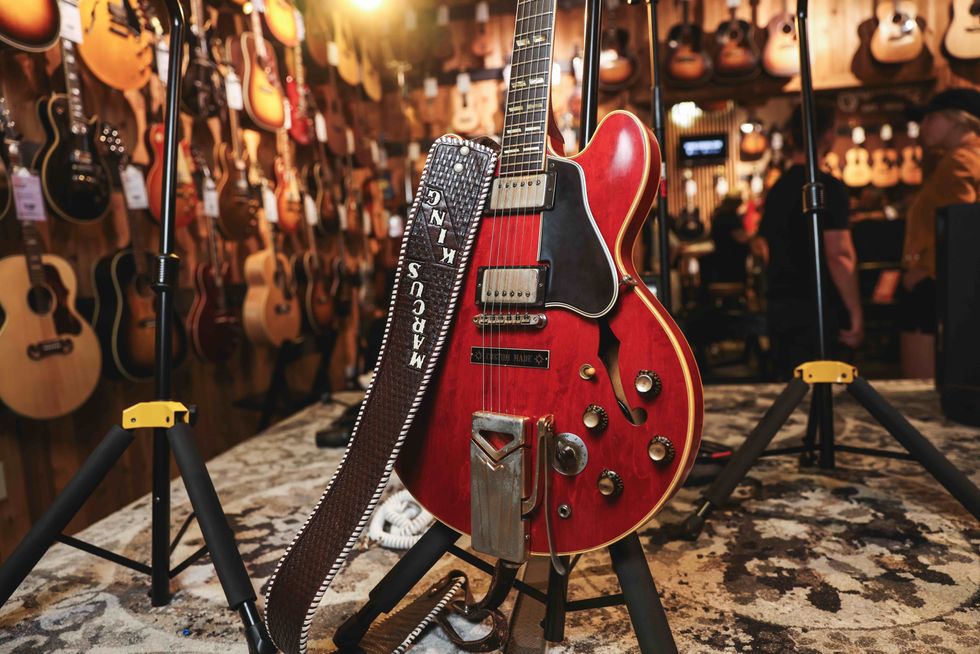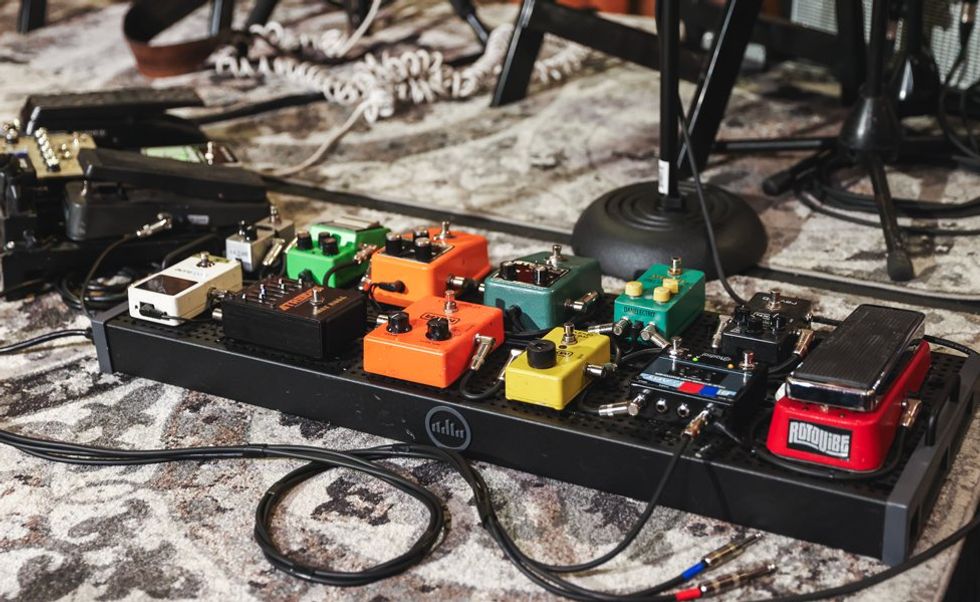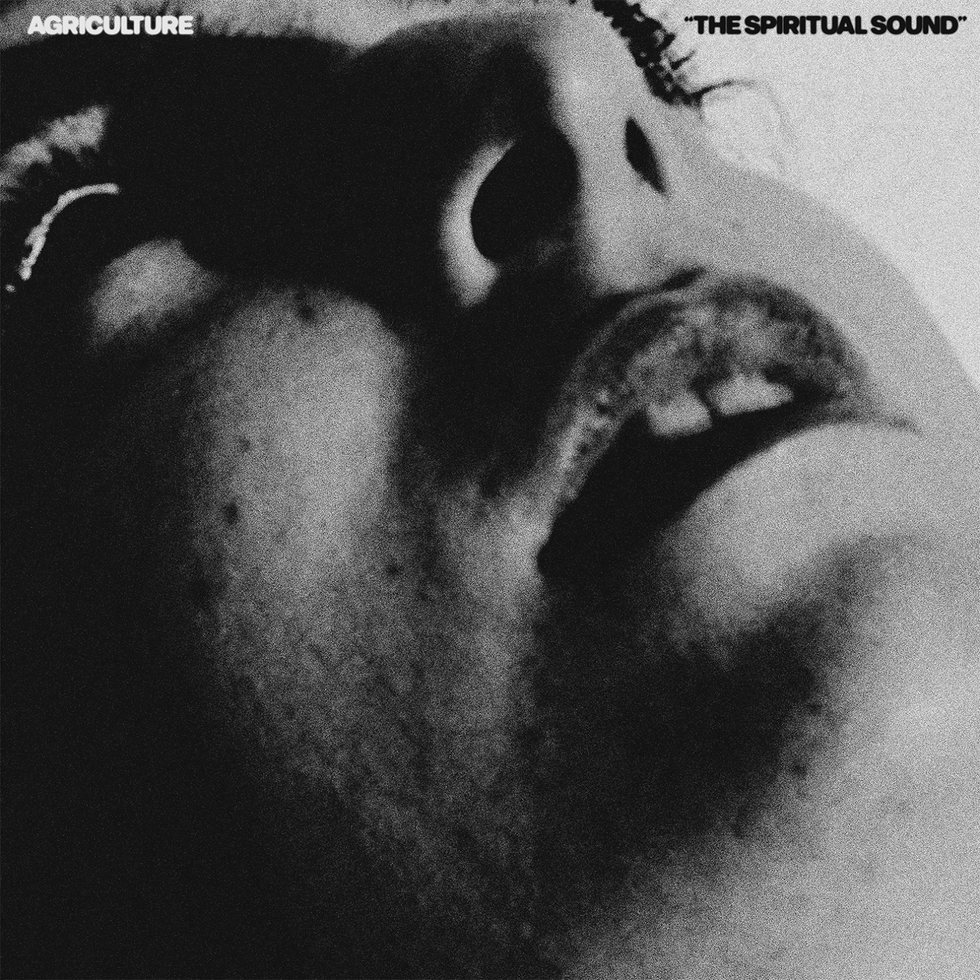NASHVILLE, TN—Music City fans and players got an opportunity to hear and see roots guitar hero Marcus King up close last Thursday, when he played an in-store performance in the acoustic room of Nashville’s Guitar Center. The occasion, “An Evening with Marcus King & His Gibson Guitars,” also included a Q&A and autograph session.

King plays his song “Hero,” on his 1961 Gibson Les Paul SG.
After performing his song “Hero” on his vintage SG, King told the SRO crowd that both his guitar playing and singing were born out of ways to overcome shyness and interact with the world. “I was too bashful to say anything. I didn't have much interest in speaking to others. I just like hanging out with my dog. I don't know if I'm too dissimilar from that now, but the guitar kind of spoke where I couldn't. So when I started singing, it was kind of the same emotion. I'd rather sing than speak. With the best abilities, you can just be a vessel allow something extraordinary to flow through you. Not saying anything I do is extraordinary per se, but I just have a real respect and reverence for music, for just being able to create and get your emotions out that way instead of harboring them.”

King’s primary instrument is his grandfather’s ES-345, named Big Red, which served as a model for the Gibson Marcus King Signature ES- 345 Custom, which was unveiled in early 2021.
Recalling his early years, King attested, “Gibson was always the go-to. It was the Cadillac of guitars in my household. My grandfather played Big Red, which was his ES-345 that I have now. And my dad played an SG. My uncle played a Les Paul Deluxe, and a Marauder.” Over the course of the session, King performed with an SG, a Les Paul Junior, a Hummingbird acoustic, and his cherished family heirloom, the “Big Red” ES-345, which was refurbished by the Gibson Custom Shop in Nashville.

King’s pedalboard for the in-store was a variation on his latest Rig Rundown setup, including a Dunlop Cry Baby wah, an MXR Booster, an Ibanez TS9 Tube Screamer, a Tru-Fi Two Face fuzz, MXR Micro Chorus, Dunlop Rotovibe chorus/vibrato, MXR Phase 100, Tru-Fi Ultra Tremolo, Dunlop Echoplex Delay, MXR reverb, and a Voodoo Lab Pedal Power 3 plus.







![Rig Rundown: AFI [2025]](https://www.premierguitar.com/media-library/youtube.jpg?id=62064741&width=1245&height=700&quality=70&coordinates=0%2C0%2C0%2C0)



![Devon Eisenbarger [Katy Perry] Rig Rundown](https://www.premierguitar.com/media-library/youtube.jpg?id=61774583&width=1245&height=700&quality=70&coordinates=0%2C0%2C0%2C0)





















